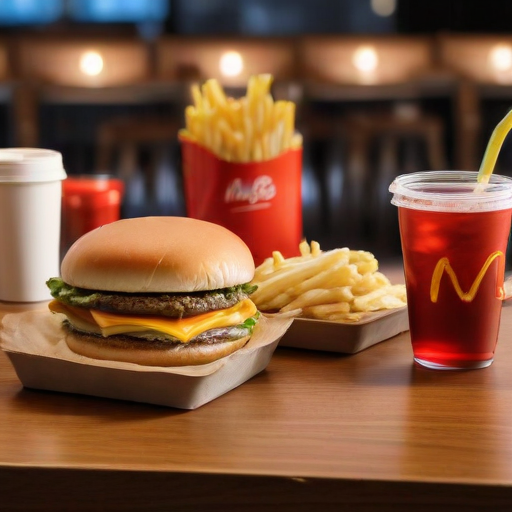McDonald’s $5 meal deal is designed to attract customers back to its restaurants, but analysts suggest that it will provide only a modest profit margin. According to restaurant analyst Mark Kalinowski, the profit on this combo meal is expected to range from 1% to 5%, equating to approximately $0.05 to $0.25 for each meal sold.
This initiative aims to entice consumers who are feeling the effects of inflation, with the hope that once they enter the restaurant, they might spend more than just the $5 deal. However, the potential for profit is influenced by various factors including ingredient costs, labor expenses, and general overhead.
Consultant Arlene Spiegel notes that the $5 deal is more of a promotional strategy rather than a true profit-generating venture. She pointed out that nearly 95% of McDonald’s locations are franchise-owned, meaning individual franchisees have control over pricing but also face their own operational costs such as rent and taxes.
Despite the primary goal of boosting customer foot traffic, Spiegel warns that when factoring in costs for labor, packaging, condiments, delivery, and marketing, franchise owners might not see any significant profit from the meal deal. This model serves primarily as a “loss leader” aimed at attracting and retaining customers.
While the financial returns may not be substantial, the strategy of engaging customers in a highly competitive fast-food market reflects McDonald’s commitment to adapting to consumer needs during challenging economic times. The focus on promotional deals can create opportunities for deeper customer engagement and loyalty in the future.
In summary, the $5 meal deal at McDonald’s, while likely to yield minimal profit, symbolizes a strategic approach to drawing customers back into the dining experience amid economic concerns. As the landscape of consumer spending continues to evolve, such initiatives could foster long-term customer connections and a stronger market presence.
